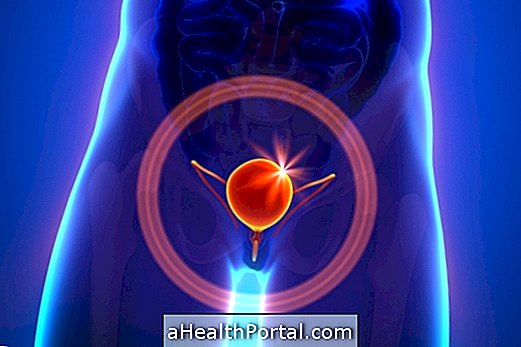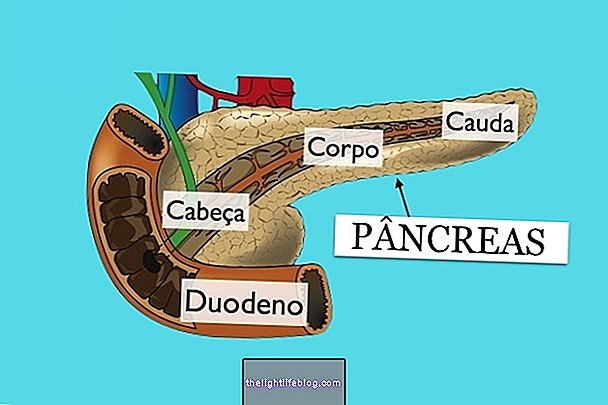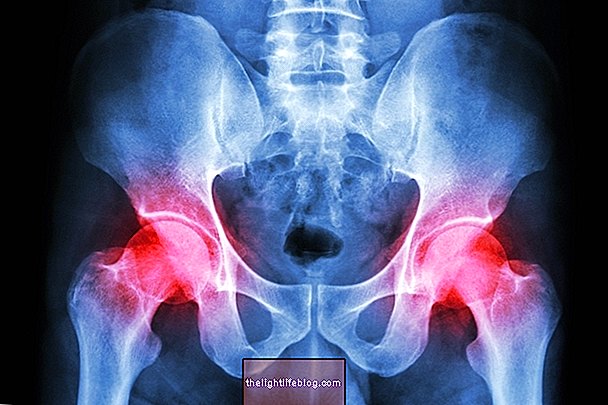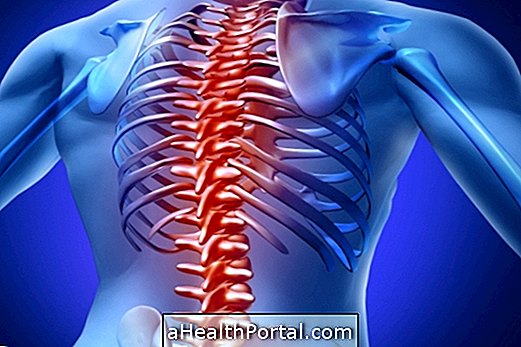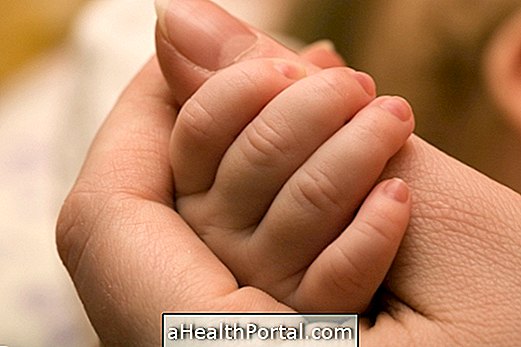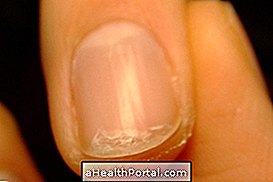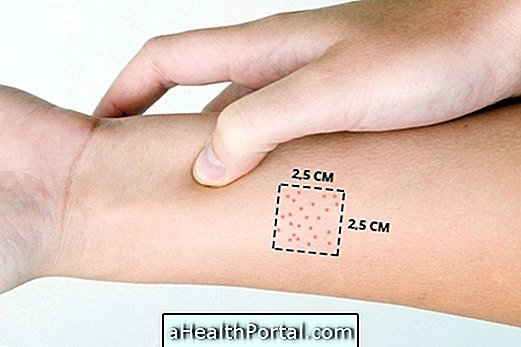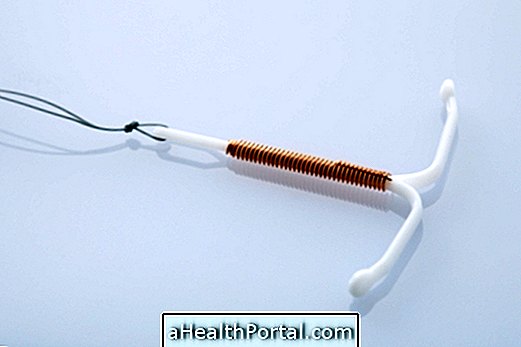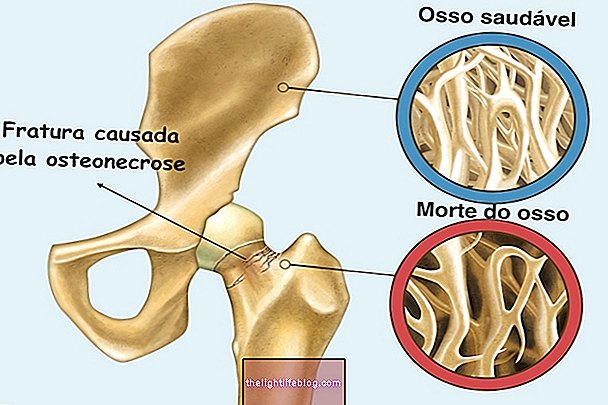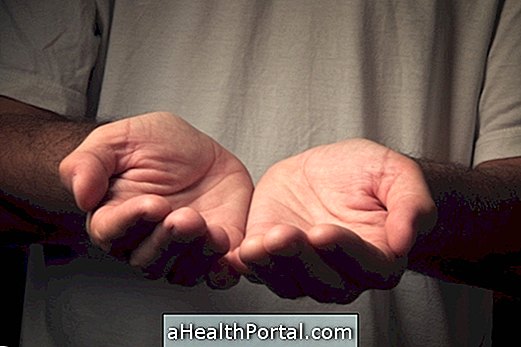To treat osteopenia, a diet rich in calcium and vitamin D and exposure to the sun's rays are recommended within safe hours. In addition, it is still important to change some habits that may be decreasing the density of bones, such as consuming alcohol in excess, smoking, being sedentary or practicing excessive physical activity, for example.
Osteopenia is identified by examining bone densitometry, which shows a value of T score between -1 and -2.5, and arises due to the reduction in bone strength caused by the loss of calcium, but which has not yet become osteoporosis. In addition to densitometry, complementary blood tests can also be performed to measure calcium, vitamin D, among others. Learn more about what it is and how to identify osteopenia.
With treatment, osteopenia can be reversed. For this to happen and to prevent the onset of osteoporosis, treatment must be started as soon as possible, and can be guided by a general practitioner, geriatrician, orthopedist or endocrinologist.

1. Supplemental Vitamin D Calcium
It is recommended to consume calcium and vitamin D both to prevent and how to treat osteopenia, because in many cases, the lack of these substances is the main reason for the weakening of the bones.
In general, consumption of foods rich in calcium, such as milk, yogurt, cheese and soy, or sunbathing for vitamin D production for at least 15 minutes a day for people with white skin or 45 minutes a day for people with black skin , may already be sufficient measures to prevent osteoporosis.
However, it is recommended that, for people with osteopenia, vitamin D supplementation be done every day, as recommended by the doctor, since the supplementation dosages must be adapted to the results obtained in the diagnostic tests of each person.
Also, check out the following video for more tips on food and other habits to strengthen bones:

2. Practice physical activity
Lack of physical activity, especially in people who spend a lot of time in bed, is an important cause of weakening of the bones. On the other hand, athletes tend to have a higher bone mass than the general population.
Therefore, regular and frequent physical activity is important to help restore bone strength, and is also a great way to prevent falls and thus reduce the risk of fractures. Learn more about these and other benefits of physical activity in old age.
3. Make a hormone replacement
The decrease in estrogen, the most common situation in menopause, is an important cause of osteopenia and increased bone fragility, so in women who want to do hormone replacement and when it is properly indicated by the doctor, this can be a good alternative to help to rebalance the metabolism and keep the bones stronger for longer.
Learn more about how hormone replacement therapy is done and the best alternatives.
4. Observe the medicines used
Some remedies used can have harmful side effects on bones, especially when used for months or years, and can weaken them and cause a greater risk of osteopenia and even osteoporosis.
Some of the main drugs with this effect include glucocorticoids, anticonvulsants, lithium and hepatine, for example. This way, in case of weakening of the bones, it is possible to talk to the doctor if there is a possibility to adjust the medications used. However, it must be remembered that this is not always possible, and as an alternative, it is important to talk to the doctor about the need to start treatments aimed at osteoporosis, thus avoiding the risk of fractures.
5. Stop smoking and avoid alcoholic beverages
Smoking has a toxic effect on bone tissue, so to have healthy and strong bones, it is recommended to quit smoking. It must be remembered, the risk of several other diseases will also be reduced with this attitude. Check out what are the main diseases caused by smoking.
In addition, the consumption of alcoholic beverages in excess, especially people with alcoholism, can also damage bone mass, also increasing the risk of fractures, so this is another habit that must be eliminated to ensure that they remain healthy.
When are medicines needed?
For the treatment of osteoporosis, in addition to calcium, vitamin D supplementation and the guidelines provided, it is not usually necessary to use medications.
However, in some cases, the use of drugs used to treat osteoporosis may be indicated, even if the bone examination has not reached this level. This may be necessary for people who are at higher risk for developing fractures in the coming years, such as those who have had a previous fracture, a family history of hip fracture, excessively low body weight, who use steroids or who have rheumatoid arthritis, for example example.
Some of the drugs indicated are those that help to increase bone mass such as Alendronate, Risedronate, calcitonin, Denosumab or Strontium Ranelate, for example. They should only be used with the proper indication of the doctor, who will assess the risks and benefits of them for the health of each person. Learn more about treatment for osteoporosis.
Was this information helpful?
Yes No
Your opinion is important! Write here how we can improve our text:
Any questions? Click here to be answered.
Email in which you want to receive a reply:
Check the confirmation email we sent you.
Your name:
Reason for visit:
--- Choose your reason --- DiseaseLive betterHelp another personGain knowledge
Are you a health professional?
NoMedicalPharmaceuticalsNurseNutritionistBiomedicalPhysiotherapistBeauticianOther

